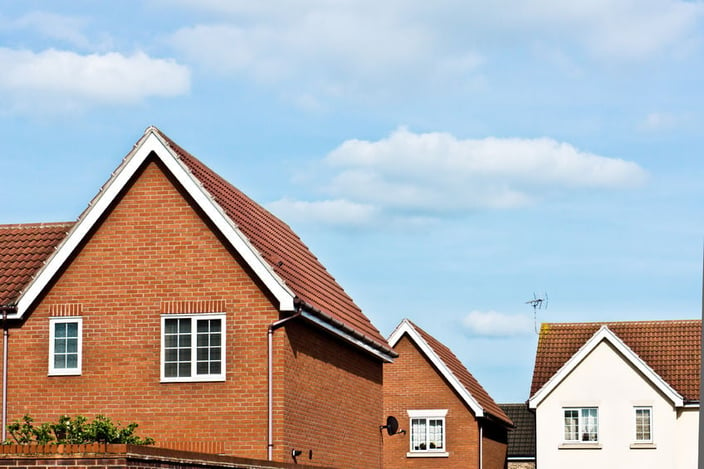BLOG
No longer your main residence and final period exemption

While most people know that you do not have to pay capital gains tax on any profit you make on the sale of your main home, it is generally less well known that you can still benefit for the relief for the final period for which you own the property, even if it is not your main residence at that time.
Private residence relief – recap
The aim of private residence relief is to prevent a tax charge arising on any gain on the sale of the residence to the extent that it has been used as the owner’s only or main residence throughout the period of ownership. Broadly, the portion of the gain that is exempt is determined by the proportion of the period of ownership for which the property has been used as the main residence. However, this rule is subject to adjustments, which can extend the scope of the exemption in certain circumstances. For example, letting relief may be available where a property which has been a main residence has been let out, or relief may be available for certain periods of absence.
Final period exemption
Where a property has been the taxpayer’s main residence at some point during the period of residence, the final period of ownership falls within the scope of private residence relief. The final period exemption is designed to help a taxpayer who, perhaps, struggles to sell his or her old home and moves into a new residence before the sale of the old home has completed.
The period covered by the final period exemption is the last 18 months where the disposal takes place on or after 6 April 2014. However, a longer period of 36 months is exempt where the individual or the individual’s spouse is disabled or a long-term resident in a care home, provided that neither the individual nor the individual’s spouse has another main residence.
Where the disposal took place before 6 April 2014, the final period exemption is applied to the last 36 months of ownership.
Example
Ruth buys an old property. As she needs to do the property up before she can move in, she decides to keep her existing house until the renovations are complete. The work is finished in September 2015 and Ruth moves into her new home on 18 September 2015. The new home becomes her main residence.
Ruth puts her old house on the market. She finds a buyer in January 2016, however, the sale falls through. The property is finally sold in July 2016.
Ruth’s old home has been her main residence from the date of acquisition until she moved into her new home in September 2015. Although she did not live in her old home for the ten-month period leading up to the sale in July 2016, the gain relating to this period is exempt as it falls within the final 18 months of ownership. Consequently, Ruth has no capital gains tax to pay on the sale of her old home.
Please get in touch with us at Inform if you need further advice on private residence relief or for any other tax related matters.
Read more of Inform's tax blogs:
What is investor relief?- How can you benefit?
Business and private use- what can you claim?
Landlord-interest relief restriction: Deduction v tax reduction






.jpg?width=1500&height=1000&name=amy-hirschi-K0c8ko3e6AA-unsplash-(5).jpg)

